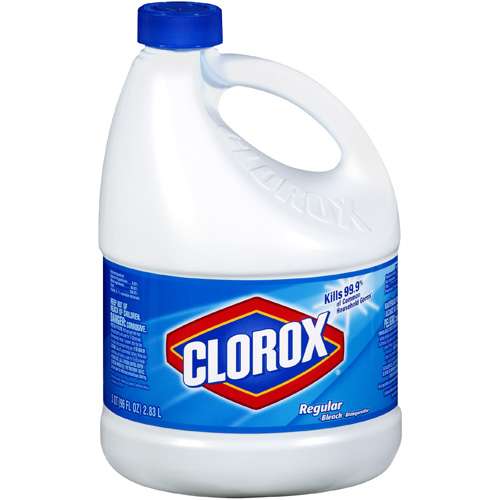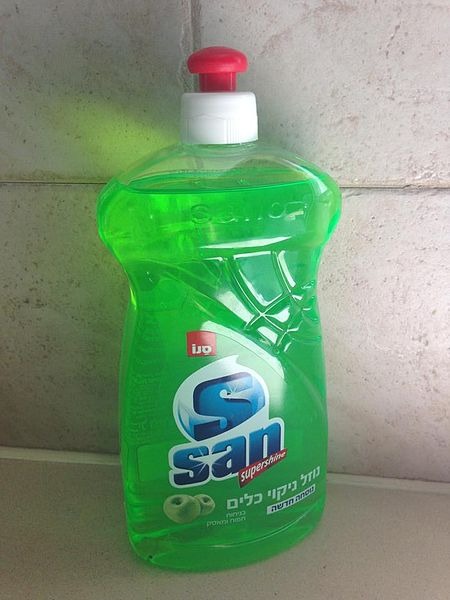Isn’t it frustrating when you take out a bulk of the dry goods from your pantry, only to notice that they are infested with mites and insects? Not just flour, these small insects are often found in cereals, grains, and even corn and dry fruits. It doesn’t matter if you have a clean kitchen with no food crumbs lying around; these mites will find a thriving spot in the kitchen and multiply like it’s no one’s business.
The insects are typically either black or grey and are often found in warm and humid weather conditions. Also, these kinds of infestations are hard to get rid of, especially if they have spread to all the dry ingredients around the house.
In this article, we will discuss some of the best ways to get rid of flour mites from your pantry without any issues.
Also read: How to Get Rid of Silverfish? | 10 Easy & Effective Ways
Table of Contents
How to Detect Flour Mites Infestation?
To implement the right remedy to get rid of the flour mites infestation, you need to assess if the infestation is widespread and of flour mites or not. Typically, there are a host of similar insects that infest the pantry. So, knowing if it’s a flour mites infestation is important.
1. Mite Dust
The first and likely one of the giveaway signs of the flour mites infestation is the presence of mite dust. Since these mites are often white and extremely small, spotting them at the beginning of the infestation is close to impossible. You can look for mite dust, which includes the remnants of the dead mites and some of the living ones on the surface of the food.
If you notice them in bulk in your food, it is a sign that the infestation has gone out of hand and needs immediate interventions.
2. Check for Minty Smell
If you aren’t sure if the “mite dust” came from the flour mites, you can smell it. The flour mites leave a minty odor when they are crushed between the fingers. Also, the dust should give off a sweet smell to it when you crush it in between your fingers.
3. Check for Living Flour Mites
Once you have collected the mite dust, spread it out on a flat surface and inspect it. Check for white flour mites in it. If there are more living ones, it is a sign of active infestation.
4. Itching in the Hands
If you notice consistent itching in your hands after handling flour or similar dry pantry ingredients, it indicates a flour mites infestation. In such cases, you need to get rid of the infested food items and clear out the pantry without any further wait. The more you wait to let the infestation subside, the more risks you are going to impose.
List of Ways to Get Rid of Flour Mites
Now that you know what to look out for when it comes to the flour mites infestation, you must know how to get rid of them for good. Keep in mind that the process of getting rid of these is not as difficult as it seems, but you need to do the right thing to ensure that you get rid of them from the roots, so they don’t return.
1. Start by Sorting
Once you know that your kitchen goods and pantry are infested with flour mites, the first step is to sort the infested items. From the flour to cereal and other dry ingredients, you need to collect all of it in a trash bag and throw them out in the trash. Make sure you keep the trashcan outside so that the infestation doesn’t further fester inside your home.
Try to ensure that the trash can is cleared out by the next day so that the flour mites don’t have more time to reproduce and spread in the trash.
2. Try Bleach Solution

Another effective way to get rid of the flour mites for good is by using some bleach solution. However, since bleach is an extremely strong chemical, make sure that you wear gloves and cover your eyes. Also, when making a bleach solution, do it out in the open, so you don’t inhale the strong fumes.
For this, you need to mix in one part bleach with 2-3 parts water and transfer it into a spray bottle. Once done, you can clear out your kitchen and then spray down the cabinets and shelves with this solution to eliminate all of the remnant flour mites on the counter.
3. Use Soapy Water

If you don’t have access to bleach or don’t want to use it because of the high concentration of chemicals, soapy water is a good alternative. It is harmless and will clear down all the remnant strains of the flour mites from around the kitchen to ensure that you aren’t left with anything harmful in your pantry.
Just ensure that you are using a good-quality dish soap that will clear out the infestation, dirt, or other problems from the counters. Once you are done cleaning with the soap water, you need clean water to clear out the surfaces.
4. Freeze the Dried Pantry Items
Not everyone considers doing this, but if you don’t have the means to throw out the infested items or you don’t want to throw away food that you paid for, you can always freeze the infested items in your freezer. Just ensure that you freeze them in an airtight and enclosed jar so that the insects don’t seep out of the jar and cause further infestations.
Typically, you want to freeze the infested items below 0-degree Fahrenheit and leave them in for a few days so that there are no remnants of larvae or living remnants of the insects around.
5. Use Vinegar

Like bleach, vinegar has a high concentration of acetic acid, which helps get rid of the infested flour mites for good. Not just the living insect, the use of vinegar also works well on the larvae and the eggs of these mites.
You need to take a spray bottle and fill it with equal parts of vinegar and hot water. Using that solution, you can seamlessly spray it around in the kitchen counters and cabinets to leave a strong odor in the area and get rid of the same effectively. The vinegar is also a good moth repellent.
6. Vacuum the Kitchen

Once you have taken the basic infested materials out of your kitchen, your next bet is to vacuum the area to get rid of any kinds of remnant larvae or eggs of the flour mites. The best way to clear that out is by vacuuming the kitchen and the counters thoroughly. The process isn’t as complicated as it seems.
Take a vacuum with a small or finer attachment and get it to the corners of the kitchen to get rid of every last bit of dirt and remnants that are lying around the kitchen. Once you have cleaned down the area with a vacuum, the next step is to clean the surface with some soapy water.
7. Sanitize the Containers
You have found the infestation and thrown the ingredients out of the containers, but what about the containers themselves? You need to ensure that the containers are sanitized enough to put fresh ingredients back into them. Typically, the best way to sanitize them is by cleaning them with some soapy water and then keeping them out in the sunlight for a day or two to sterilize them.
If you live in areas with no sunlight, you can make a big pot of water and boil the containers for a few minutes to sterilize them.
If you are struggling with how to get rid of flour mites, we hope this article gives you all the insights. Just ensure that you follow along with the right remedies and implement them immediately without waiting. If nothing works, get help from professional pest control services to remove the remnant infestation inside the house.
Also read: How to Get Rid of Wasps? Easy Guide
Frequently Asked Questions (FAQs)
Are Flour Mites Harmful?
Yes, they are harmful and can cause digestive issues if you ingest them from the flour or other food products they have infested.
Does Vinegar Kill the Flour Mites?
Vinegar is not a potent remedy to kill the mites but serves as an effective way to clean and sanitize the infestation site. They also get rid of the remnant larvae or eggs on the counters.
How Long Does it Take to Get Rid of Flour Mites?
The duration depends on the level of infestation. Typically, it can take you up to a month to get rid of them completely.

